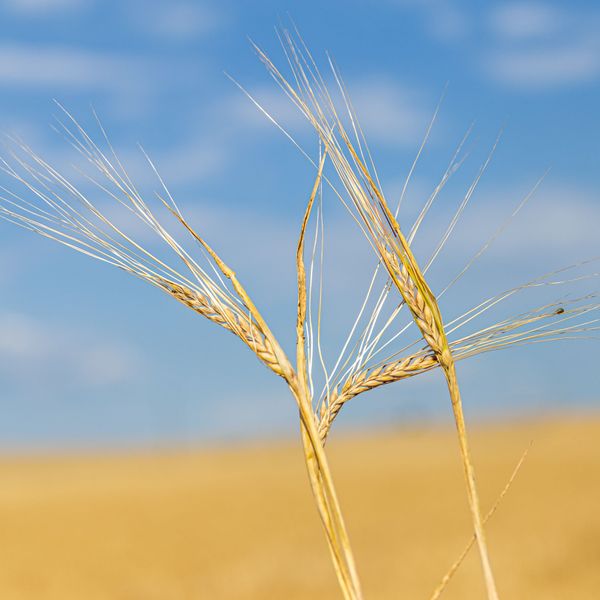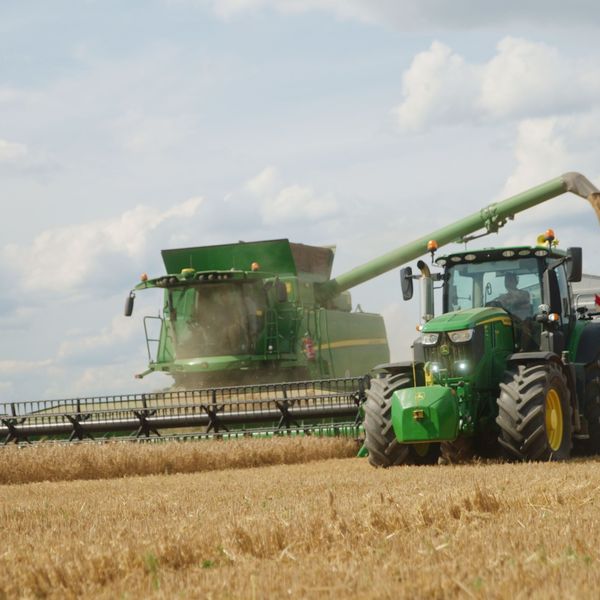

Barley in the lead role
–
beer hero

Czech beer in the best quality?
Just not possible without barley!
Because top quality malt is made from quality barley from Czech and Moravian fields. The malt defines the colour of the beer, whether it is pale or dark. And not only that. It has an impact on the aroma of the beer and mainly its taste. That is why barley plays one of the leading roles in the production of Czech lager.
Climate change and ever more frequent weather fluctuations represent a threat to Czech barley and its growers. The barley-growing area in the Czech Republic is only half of what it was thirty years ago, now it covers just over 7% of arable land. Brewing barley is an important crop for all of Czech agriculture. It is grown on 192,393 hectares, which is 11 times more than Czech vineyards and 40 times more than Czech hop yards.
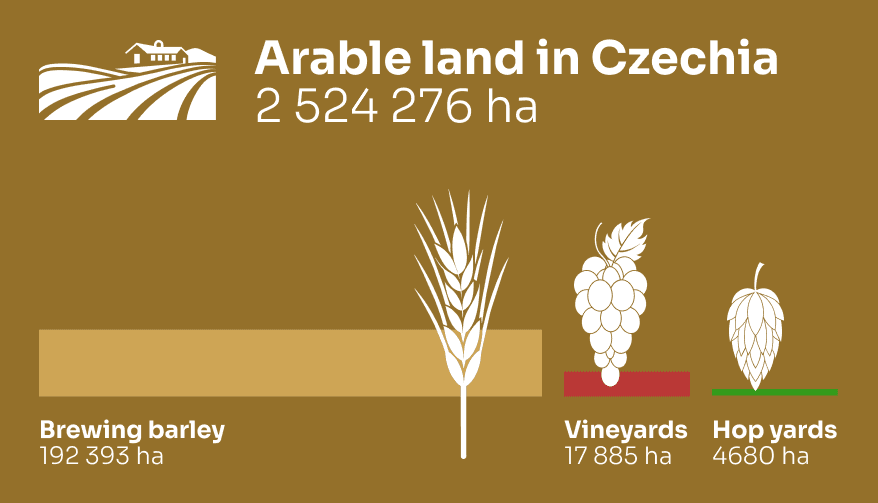
However, barley has become an at-risk crop for farmers in recent decades due to the impact of climate change. If the weather is not favourable and the barley does not meet the strict demands of the brewing industry, farmers are forced to sell it at a fraction of its price for feeding purposes. But there would be no Czech beer without barley!
Help for Czech barley
Plzeňský Prazdroj has initiated a scientific and research project called For Barley, which involves the Czech University of Life Sciences in Prague, Mendel University in Brno, the Research Institute of Brewing and Malting, Postoloprty Laboratory, the companies CleverFarm and Limagrain, and agricultural partners JTZE with their farms close to Jihlava and Hradec Králové, and the Farms of the Czech University of Life Sciences close to Červený Újezd near Prague. The project is based on a combination of regenerative farming methods and the use of state-of-the-art measuring technology. Its goal is to ensure enough nutrients and irrigation for barley on an area of 213 ha, which equals roughly 300 football fields, and help farmers stabilize the quality of barley.
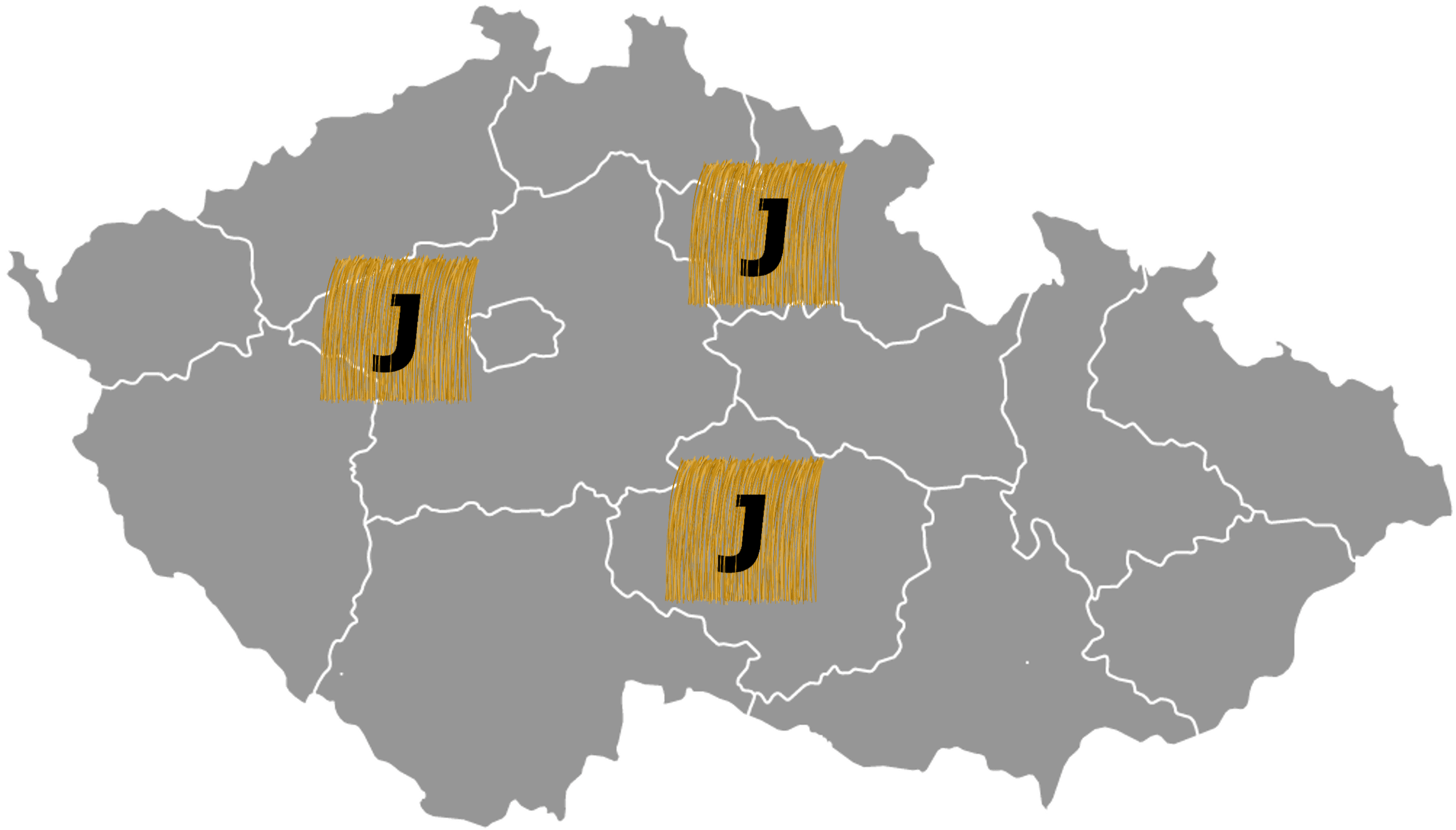
Our goal is to return life back to the soil. The key is to never leave fields empty and apply soil-friendly methods. This way, we will provide the necessary support, irrigation and nutrients to the plants. By increasing the resistance of soil and ensuring the quality of barley in the long term, we should stabilize and even increase the volume of malt produced, which represents an essential ingredient for Czech beer.
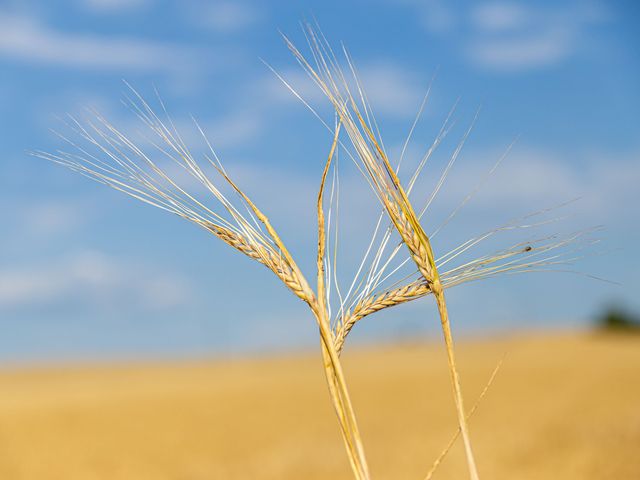
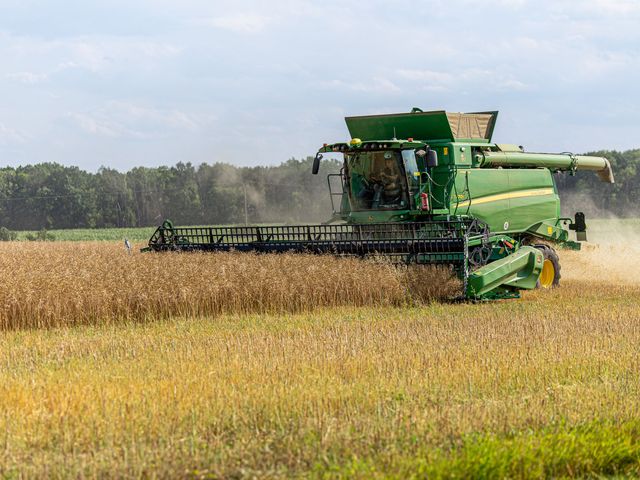
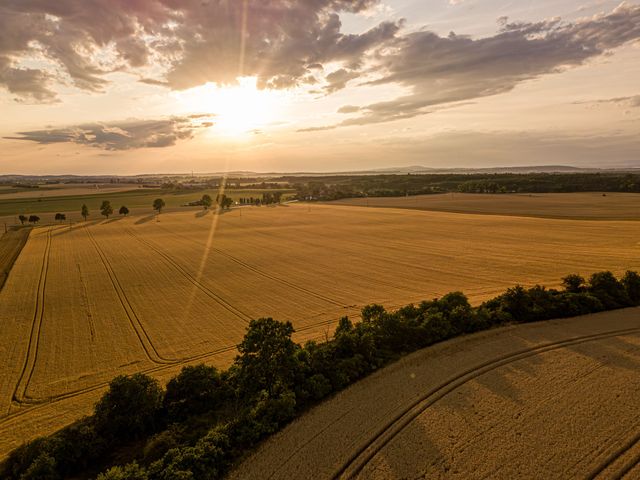
We are not changing the sowing procedure
We grow barley in turns with three other crops on selected testing areas according to the sowing procedure of the specific farm. Barley “rotates” on one field with, for example, rape oil, wheat or peas.
We have not changed the crops we grow, only the way we grow them. We apply a sowing method based on four plants. That is why we have divided the research area into smaller parts and every year, we grow crops included in the sowing plan with barley.
In the project, varieties of brewing barley that are suitable for the protected geographical indication Czech beer have been used and are expected to be resistant even in a climate impacted by the changes coming in the next decade.

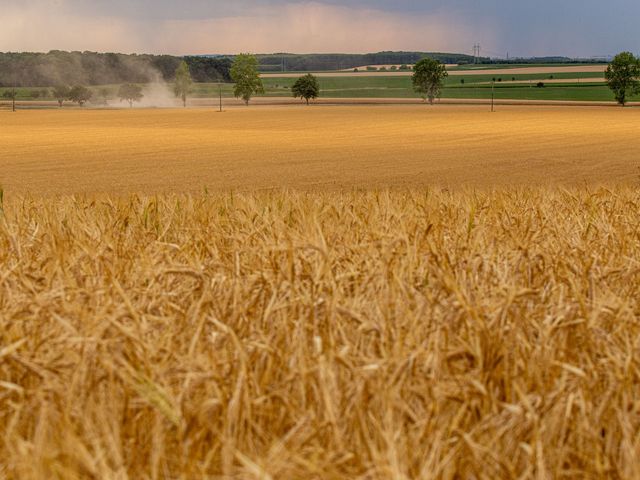
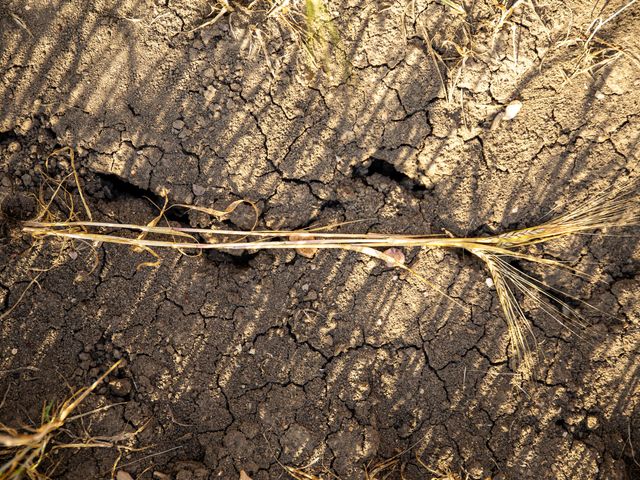
Nutrients in the soil
The FOR BARLEY project is focused on more soil-friendly treatment and the use of regenerative farming methods when growing barley.
The fields are sown or covered permanently to protect them from erosion and to loosen them with roots. We use a catch crop to protect the soil during the time between growing the main crop and to add nutrients to the soil. At the same time, we treat the soil very carefully to erode it as little as possible, and we do not disturb it with deep ploughing.
This method should lead to an increase in organic matter in the soil, which will be positively reflected in the quality of the brewing barley. More roots in the soil will contribute to better soaking by precipitation, and it will retain water which will be available for the plants.
Organic matter helps change the structure of soil as it is loosened better and is able to retain a huge amount of water. This is important because we will face more frequent weather fluctuations in the near future and water retention will have an impact on production when periods of drought last longer.
The increase in the share of organic matter in the soil will also mean we will not have to use so much industrial fertilizer as today. On top of that, regenerative farming methods help retain carbon absorbed into the soil by plants from the atmosphere, thus helping fight climate change.
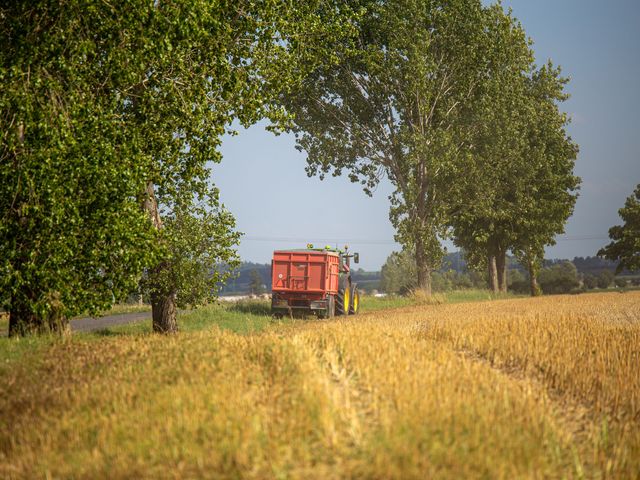
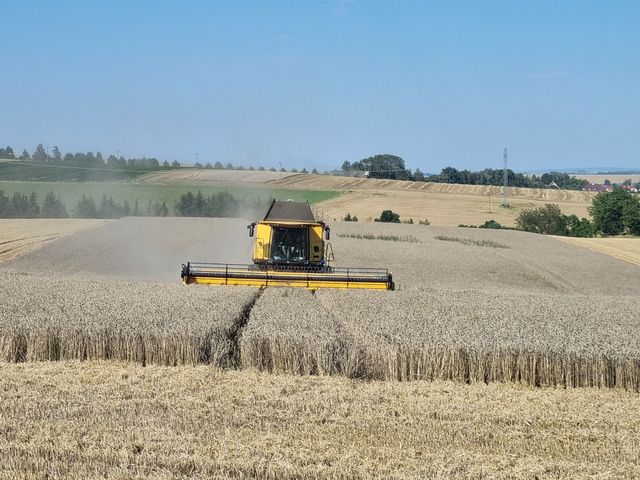
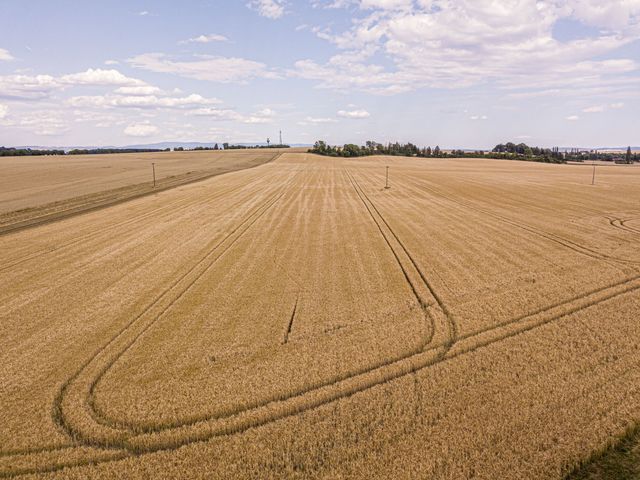
Regenerative farming methods

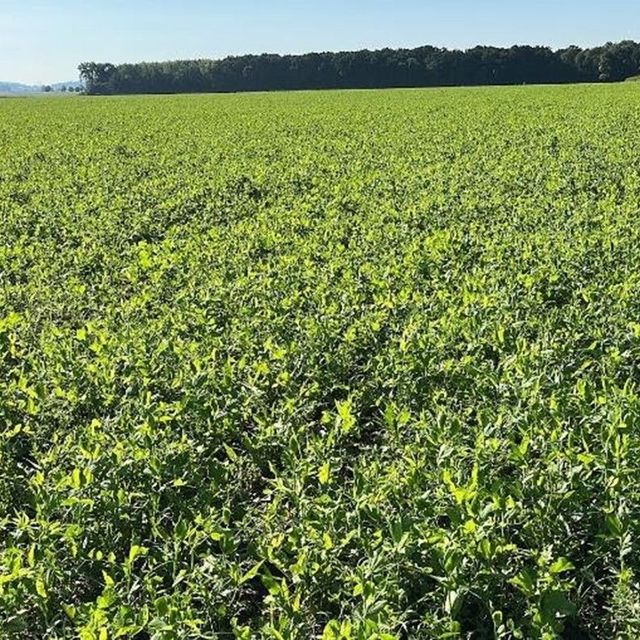
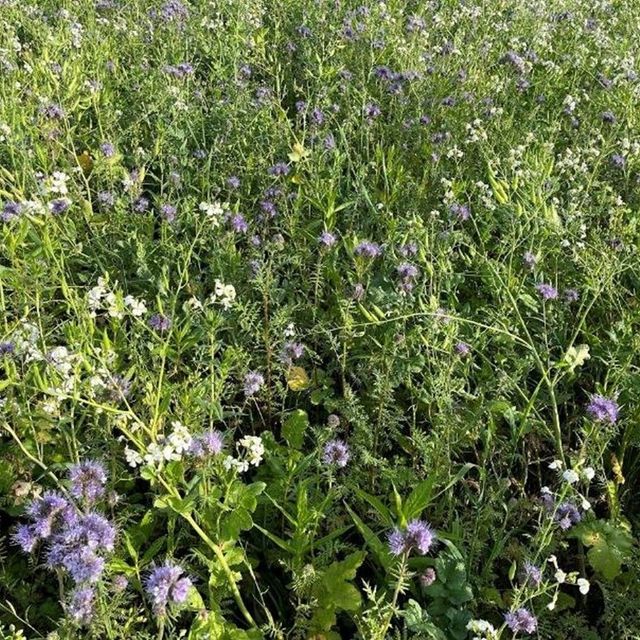
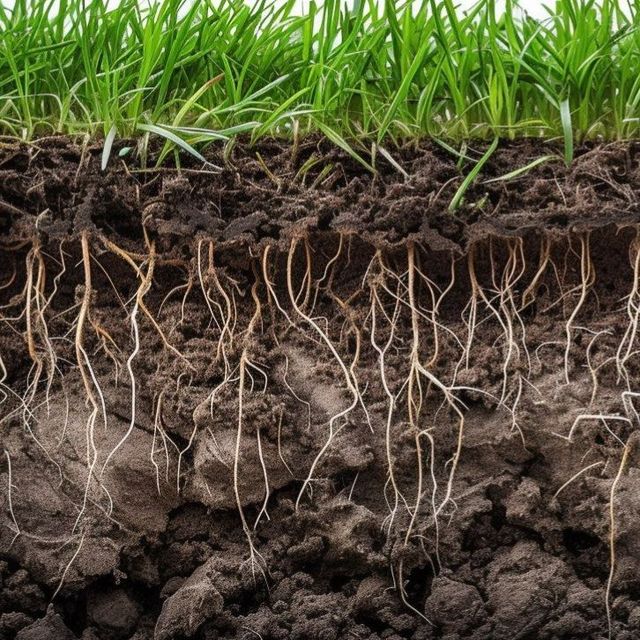
Testing and state-of-the-art measurement
The projects uses state-of-the-art measurement technology on farms - weather stations, soil probes to measure temperature and humidity, satellite images, and remote monitoring of the growth via drones. The project is based on the A/B testing method. That means that alongside the testing areas, we grow barley and other crops following the standard sowing plan, and we will compare data from regenerative areas with those where conventional agricultural methods are applied. In summary, we will get an overview of how weather fluctuations and climate change influence the quality and yield of brewing barley.
We measure soil parameters and the amount of nutrients in the plants. We also monitor the impact of the weather on growing barley and catch crops. And we will assess the impact of the catch crops from the perspective of the biomass they produce. This way, we will find out how the state of the soil and the condition of the plants change using regenerative farming principles compared to conventional farming.
Regenerative fields retain water
The experience of farmers participating in the PRO JEČMEN project shows that permanent field cover has a positive effect. Especially in drier periods, it is clear that regenerative areas have more moisture than areas with conventional cultivation. Permanently sown fields absorb water better and, thanks to plant cover, evaporate it more slowly. Scientists from the TGM Water Research Institute have calculated that, thanks to reduced evaporation and higher soil retention capacity, up to 58,339,000 litres of water can be retained on regeneratively managed areas of the PRO JEČMEN project, i.e. approximately 535,000 litres per hectare.
If the regenerative approach to barley cultivation proves successful, which will become clear within a few years, it could also be used on a larger scale. Then, theoretically, when converted to a total area of 30,000 hectares of fields from which Plzeňský Prazdroj purchases malting barley, this would mean more than 16 million cubic metres of water additionally retained in the soil. To put this into perspective, that is the volume of 6,400 Olympic swimming pools or 2.5 times the water in the largest Czech pond, Rožmberk.
It is surprising how well crops sown in unprocessed soil can cope. Although they tend to start more slowly, they often catch up with conventionally sown crops in the later stages of the season. During last season, we also observed that barley sown directly had more soil moisture available during the dry period.
Nature needs time
The areas where the experimental growing of barley is taking place have been selected by scientists in such a way that they include several different farming areas in Czechia to ensure the broadest diversity of climate and soil types possible. Thanks to this, the findings from the project will be applicable for other farmers in the Czech Republic. However, positive changes will not appear overnight. The scientific project should bring results in about five years.
News






